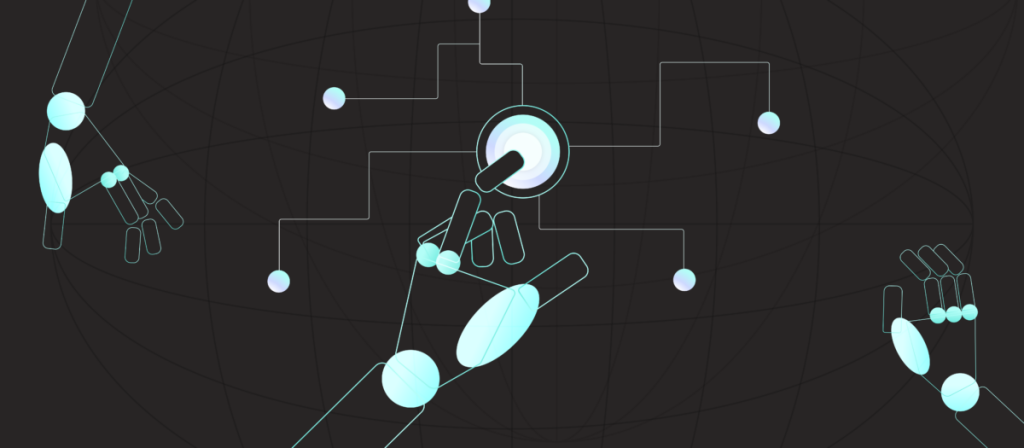What is RAG?
Retrieval Augmented Generation (RAG) is a powerful technique that enhances the capabilities of Large Language Models (LLMs) by integrating external data sources to provide relevant context. This approach significantly improves the accuracy and relevance of the responses generated by LLMs.
Why RAG is Important
For the first time since the hype around LLMs and AI picked up, we’re getting a clear look at the strengths and limitations of generative AI. Retrieval Augmented Generation addresses a critical challenge in the deployment of LLMs: the need for specific, up-to-date information that is not part of the model’s original training data.
By integrating RAG, organizations can leverage their existing data to enhance the performance and reliability of their AI systems. The last thing any business employing generative AI wants is for their AI initiatives to act with authority on a foundation of shaky data. RAG is particularly valuable in real-world applications where the accuracy and relevance of information are top of mind.
Benefits of RAG
The ability to continuously improve and adapt based on user interactions makes Retrieval Augmented Generation a dynamic and evolving solution. As organizations increasingly adopt AI technologies, the demand for systems that can provide accurate, contextually relevant, and secure responses has never been higher. RAG meets these needs by combining the strengths of LLMs with the vast and specific knowledge contained in external data sources.
There are five key aspects of RAG—contextual enhancement, reduction of hallucinations, continuous improvement, access control, and knowledge mining. Combined, they make RAG an invaluable tool for improving the accuracy, reliability, and security of AI systems. Let’s take a closer look at these key aspects.
RAG Key Concepts
- Contextual Enhancement: Retrieval Augmented Generation allows LLMs to access and utilize specific information from a corpus of data, such as an organization’s policies, past tickets, or other relevant documents. This helps in generating more accurate and contextually appropriate responses. For instance, within the Workato Genie architecture, RAG is used to ground the LLM with relevant context, allowing it to process and act based on information outside of its training corpus. This is particularly useful in enterprise settings where the LLM needs to adhere to specific organizational policies and historical data to provide accurate responses.
- Reduction of Hallucinations: One of the significant challenges with LLMs is their tendency to generate incorrect or nonsensical information, known as hallucinations. By providing relevant context through RAG, the instances of hallucinations are reduced. This is because the LLM can refer to accurate and up-to-date information from external data sources, ensuring that the responses are grounded in reality. Stopping hallucinations is crucial for maintaining the reliability and trustworthiness of AI systems in real-world applications.
- Continuous Improvement: RAG enables the extraction of relevant information from past interactions, creating a feedback loop that allows the LLM to improve over time as it interacts more with users. Workato Genie uses RAG to extract relevant information from user interactions and store it for future use. This continuous learning process helps the LLM to adapt and provide better responses over time, enhancing the overall user experience.
- Access Control: In enterprise settings, it’s essential to control who has access to specific pieces of information. RAG can be configured to ensure that sensitive data is only accessible to authorized users. This is particularly important for maintaining data privacy and security. With Workato Genie, filters are used to enforce access control on the information being retrieved, ensuring that only authorized users can access sensitive data. This aspect of RAG is critical for compliance with data protection regulations and for safeguarding organizational information.
- Knowledge Mining: RAG can be used to mine knowledge from user interactions, which can then be synthesized and stored for future use. This helps improve the overall performance of the LLM by providing it with actionable themes and relevant context. Workato Genie employs knowledge mining to extract relevant information from user interactions and organize it into themes. This information is then stored in the RAG system, allowing the LLM to access and utilize it in future interactions. This process not only enhances the LLM’s ability to provide accurate responses but also helps in building a comprehensive knowledge base.
The Future of RAG
Retrieval Augmented Generation is gaining popularity because it addresses a critical challenge in the deployment of LLMs: the need for specific, up-to-date information that is not part of the model’s original training data. By integrating RAG, organizations can leverage their existing data to enhance the performance and reliability of their AI systems.
RAG is a dynamic and evolving solution. Organizations need accurate, contextually relevant, and secure responses coming from their AI solutions. Reputations are on the line. RAG meets these needs by combining the strengths of LLMs with the massive breadth of external data
Our powerful generative AI solution–Workato Genie–can put the benefits of RAG in generative AI to work for your organization. Interested? Learn more here.
